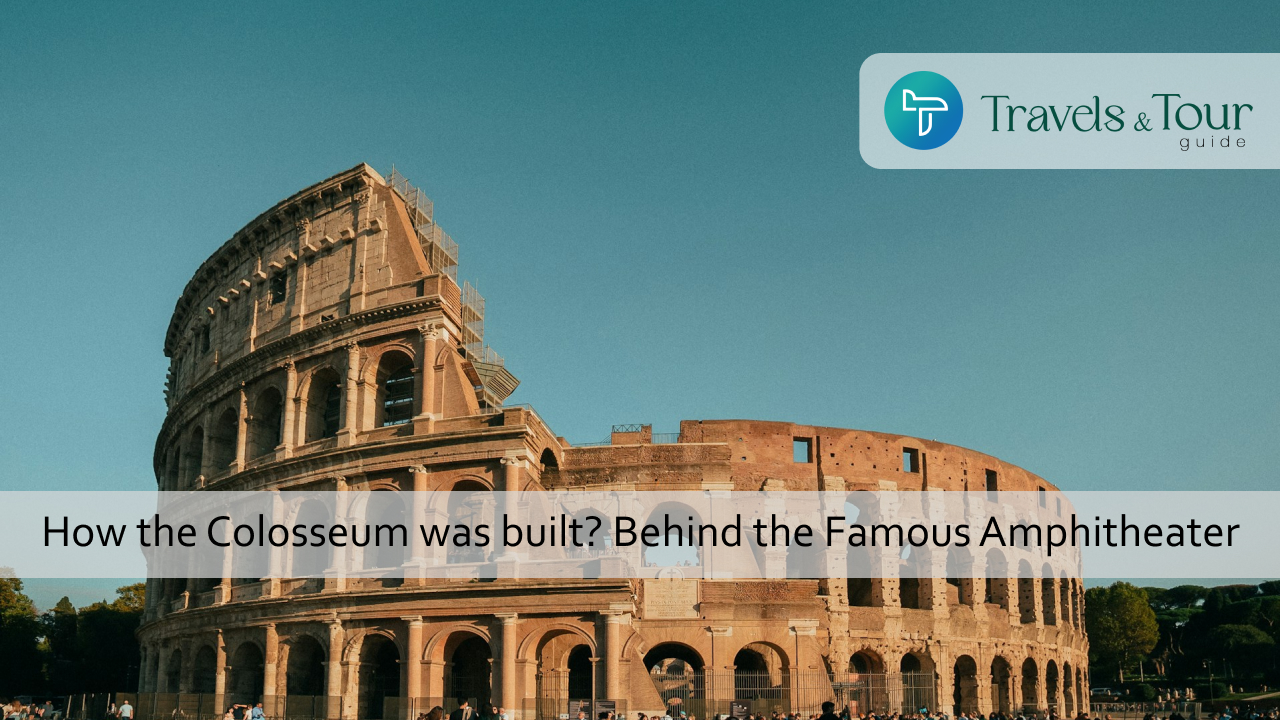How the Colosseum was built? Behind the Famous Amphitheater
Primary kw: how the colosseum was built
References: https://www.history.com/news/how-roman-colosseum-built https://www.rome.net/colosseum https://www.whatalifetours.com/history-of-colosseum https://www.thecolosseum.org/architecture/ https://historyandarchaeologyonline.com/the-construction-of-the-colosseum/ https://romecolosseumtickets.tours/colosseum-arhitecture-rome
When the Colosseum in Rome was built, it was considered an architectural marvel. No other structure in the Roman world could compare to this giant amphitheater. In fact, it remains the biggest amphitheater worldwide, as it encompasses 3357 square meters. This impressive
structure, also known as the Flavian Amphitheater, could hold anywhere from 50 to 80,000 people and had 110 drinking fountains. This impressive piece of architecture may have left you with a few questions, like how the Colosseum was built, its importance, and why it was built. Below, we dive into this famous structure.
The Birth of the Colosseum in Rome
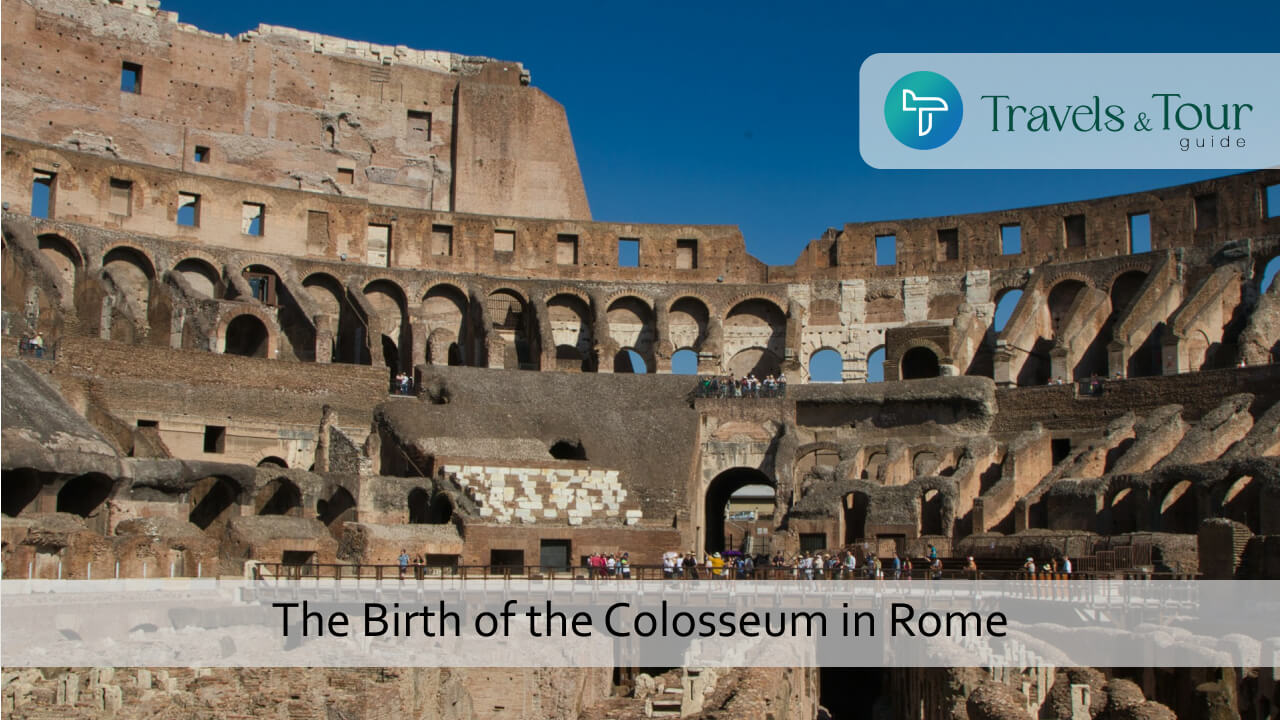
During the Roman Empire, Rome experienced many events that led to the destruction of buildings and structures. From fires to a civil war, the city had become worn down, and it was time for an update. During the Flavian Dynasty, the Roman emperor and his two sons began the process of restoring Rome to its former glory. This process involved renovating buildings, structures, statues, and more throughout the city. While the renovation was occurring, Vespasian (the emperor) demanded a new amphitheatre be created, which later became the Colosseum. This amphitheater was built to help establish Vespasian and his son’s legacy throughout the city, and to help remove any signs of Nero (the former ruler).
Where is the Colosseum?
As mentioned, Vespasian (one of the former generals of Nero) wanted to erase signs of Nero ruling Rome. So, it only makes sense for the Colosseum to be built on Nero’s property, also known as Domus Aurea. Before the Colosseum was built, Nero’s estate featured a manmade lake and a large bronze statue modeled after Nero himself (the Colossus of Nero). This lake was filled
in/drained to make room for the amphitheater. While this structure was initially named the Flavian Amphitheater, it got its name from the Colossus statue nearby. This famous Colosseum (the Colosseum built on a lake) is named so because its name means amphitheater.
Why is the Colosseum important?
For one, this attraction is a UNESCO World Heritage Site. It’s also one of the New 7 Wonders of the World. Besides these important titles, the Colosseum is a site that once held various forms of entertainment for the Romans. The citizens of the city were treated to gladiator battles, executions, hunts, games, and more in the arena. Beyond offering a space for spectators, building the Colosseum was seen as innovative due to its architecture, design, and the use of concrete as a building material (one of the first structures to use this material).
Why is the Colosseum shaped the way it is?
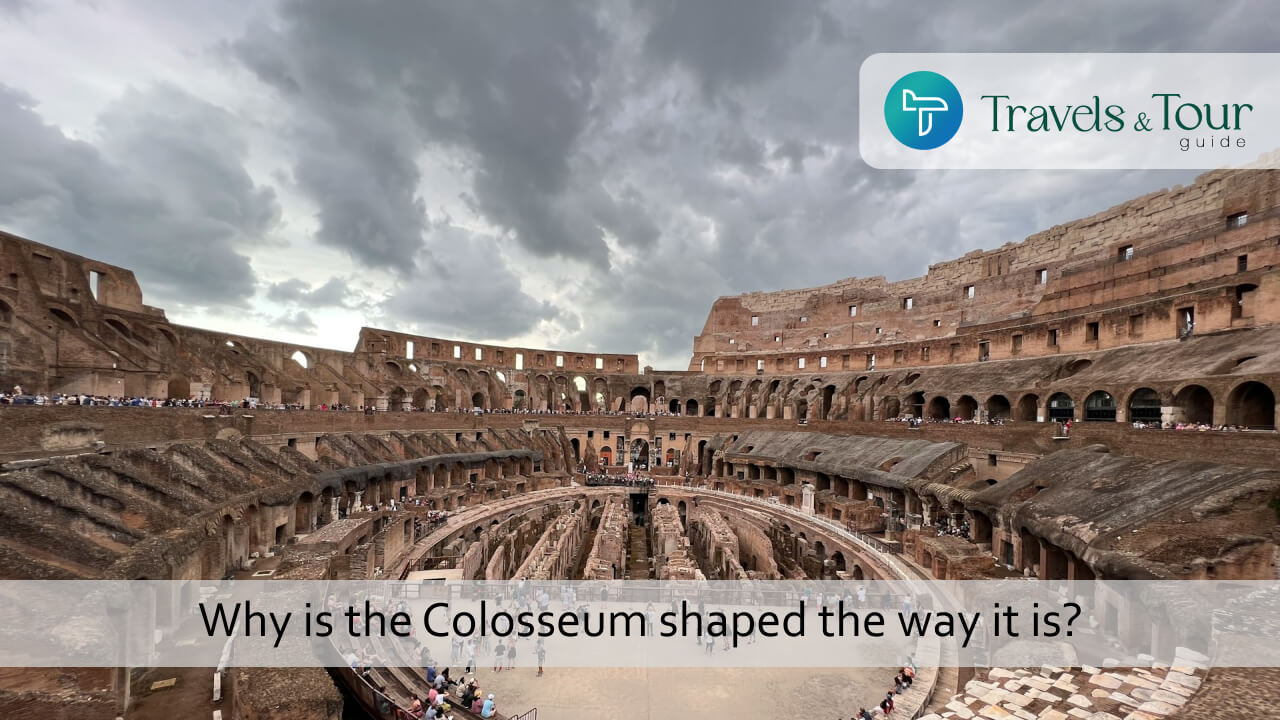
When learning about how the Colosseum was built, it’s worth exploring its structure more in-depth, especially its shape. You may assume the Colosseum was created in a circle, but that’s not
the case. It’s built in the shape of an elliptical, and for good reason. This particular shape allowed spectators to see the arena floor better from different areas of the arena. Additionally, this elliptical shape helped keep the entering and exiting of tens of thousands of people more efficient.
Construction of the Colosseum
So, how was the Colosseum built? Since the Colosseum was built on a filled-in lake, the engineers of this structure had to be innovative. This marshy base made it essential to create a strong foundation for the structure. The former lake was turned into an oval ditch to create the foundation. Then, it was lined with brick and concrete. After this, the engineers began building the Colosseum by crafting vaults and tunnels, which acted as a support system for the seats that would be built later. These tunnels were later connected to nearby buildings, including Ludus Magnus, a training school for the gladiators.
Four additional levels were built on top of the ground level, making this structure five levels in total. It took ten years (70 AD to 80 AD) for this impressive structure to be built. When it was completed, it had a height of 157 feet, similar to the height of a 15-story building.
What was the Colosseum made of?
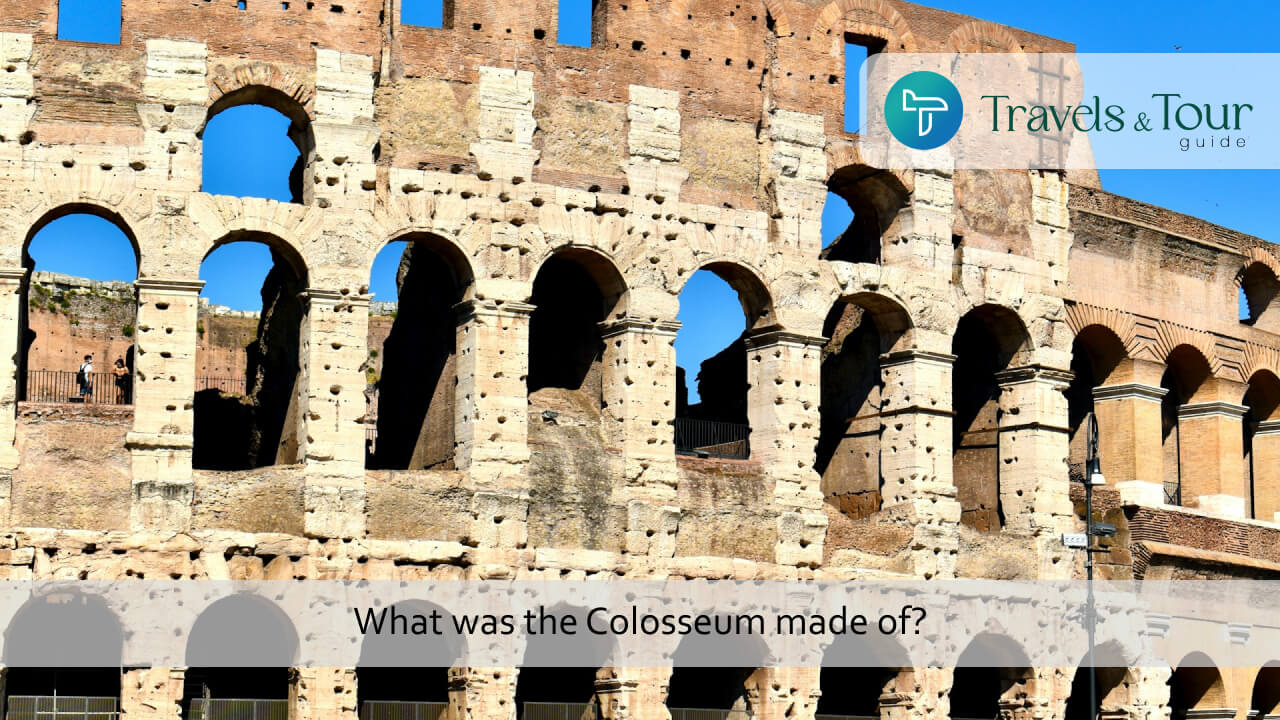
While the methods for how the Colosseum was built were innovative, the materials were as well. The Colosseum is primarily made from travertine stone, a limestone created with minerals from
natural springs. As mentioned, this structure was also made using bricks and concrete. Tuff blocks, another type of limestone created from volcanic ash, were also used to create this impressive attraction. The final key to creating a long-lasting structure was iron clamps, which helped hold larger bricks of the Colosseum together. During later times, these clamps were removed to use in newer structures. Because of this, large holes are present throughout the structure where the clamps once were. Additional materials used to build the Colosseum include marble, lime, mortar, and stone.
What tools were used to build the Colosseum?
One significant part of how the Colosseum was built was via groundbreaking systems at the time – pulleys and cranes. These tools were necessary for moving the large stones around efficiently. Other tools used to create this structure include picks, drills, hammers, adzes (similar to axes, but used for smoothing), and chorobates (a measuring tool). These were the primary tools, though others were used in creating the Colosseum.
The Architectural Importance of the Colosseum
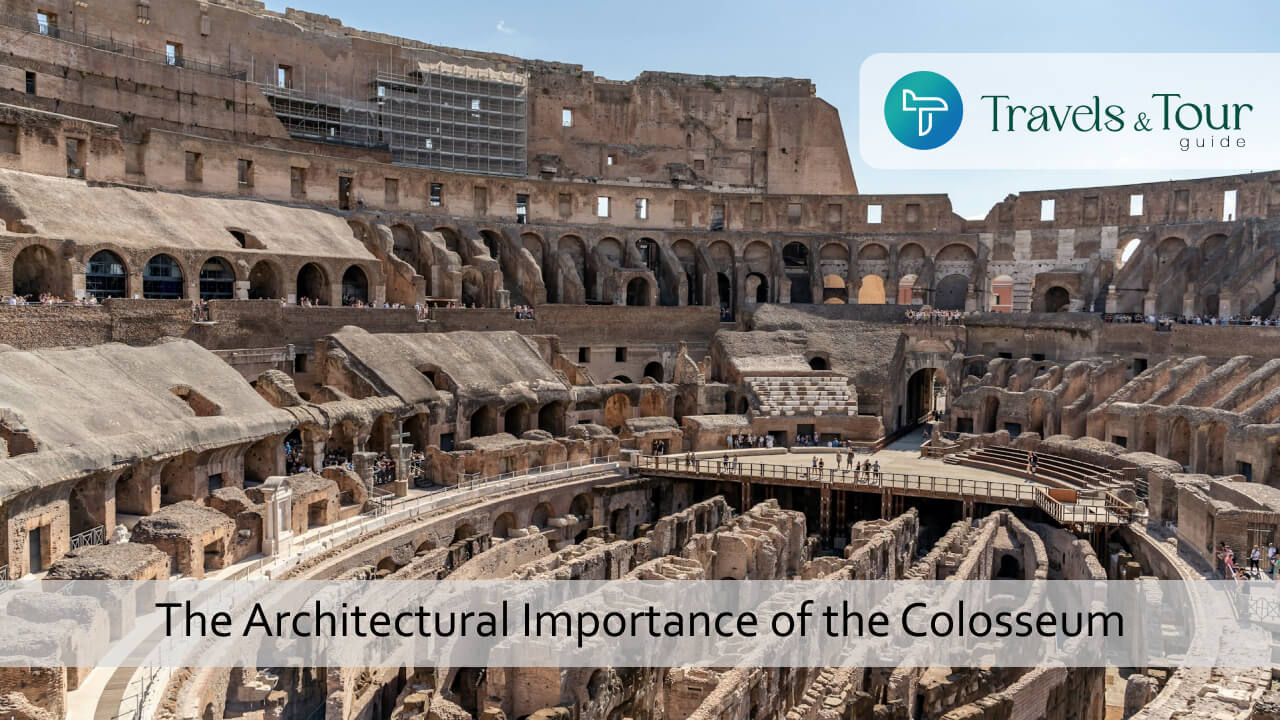
Now that you know how the Colosseum was built, it’s essential to explore its architectural importance. Many amphitheaters in Rome were built as temporary arenas for entertainment. They were created from materials like wood that were not as sturdy. However, the Colosseum was crafted as a permanent structure in Rome. It has remained standing for 2,000 years because
of the solid concrete and brick foundation at the structure’s base. It’s also an important piece of architecture because of the many innovative techniques and materials used to create it. For example, this arena had trap doors and pulleys, which made it easier to change scenery for dramatic performances (or for dramatic entrances for performers/fighters).
Get to know important architecture, learn about famous attractions, and plan trips to exciting destinations more easily with the travel guides and advice on our blog. Whether traveling for a special occasion or just because, you’ll find helpful information throughout our travel guides!

